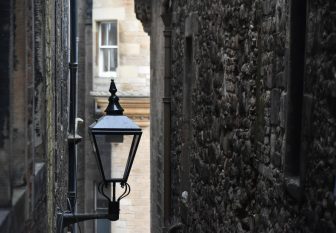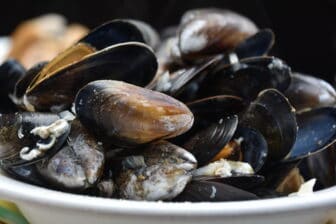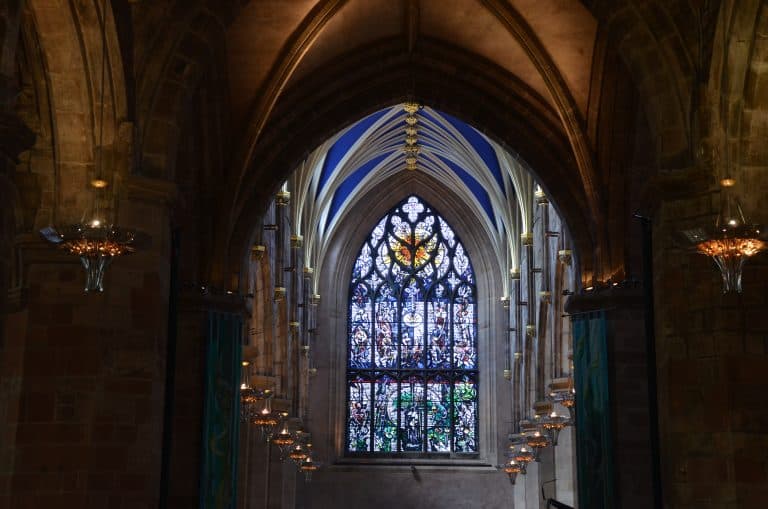
[June 2021] On the day of our Workation in Edinburgh, we took a long lunch break and went to see St Giles’ Cathedral in the old town.
Although our guidebook says the cathedral is open until 7 pm, when I looked it up online, it was shortened to 2 pm.
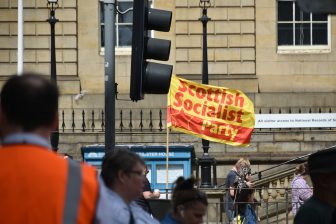
I’ve been to Edinburgh several times, but I’ve never been to the cathedral and wanted to see it once.
When we went out in the daytime instead of after work, the town was lively, partly because the shops were open.
We also saw the Scottish Socialist Party raising a flag and running a campaign.
They were saying that “Scottish independence is important for workers”.
We are interested in what will happen to their independence movement in Scotland.
Now, we arrived at St Giles’ Cathedral.

Just like the church in London where we were vaccinated for Covid, the entrance and exit were separated and masks were checked.
The church has nice pillars, ceilings and stained glasses, but as a cathedral, it was small.
My husband said, “It’s a well-maintained church and has a warm atmosphere.”
The “Thistle Chapel,” which the guidebook says should not be missed, was certainly gorgeous.
We could not get inside, but could see the impressive ceiling with the intricate sculptures.
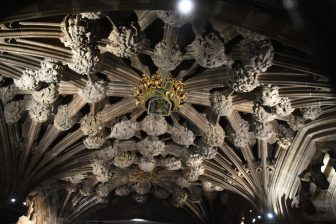
Built in 1911, this chapel is for the Knights of the Thistle, the highest honour in Scotland.
By the way, this St Giles Cathedral is regarded as the highest of the Church of Scotland.
What I did not know was that the Church of Scotland and the Church of England are completely different denominations.
I had thought that only names were different, but according to Gran, the guide to the graveyard tour we joined the day before, said “The Church of England is close to Catholicism, and there are churches and bishops between God and the general public. There is a hierarchy. But in the Church of Scotland, people are evenly lined up under God. ”
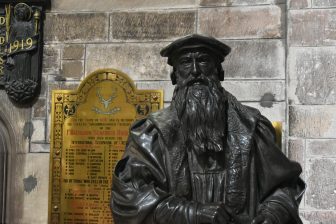
In the first place, when the original St Giles’ Cathedral was built in the 12th century and until 1559 it was a Catholic church.
In 1559, Rev. John Knox, who studied under Calvin, the leader of the Reformation, preached here and was appointed as the minister of this cathedral that year, St. Giles became the Protestant Presbyterian Church.
Even after that, it seems that there were complicated twists and turns involving a deep feud with England, and it seems that I can not understand it properly unless I read many books.
And I am not that keen, though I’ve just read the long novel “Q” about the Reformation, so I’m a little interested.

In one episode regarding the cathedral, in 1637, when King Charles I of England forced the English prayer, the Book of Common Prayer, to be used in St Giles’ Cathedral, a woman named Jenny Geddes threw a stool at the pastor and that this event developed into a riot.
It is said that this case led to the National Covenant to maintain the Presbyterian system the following year.
In 1992, a sculpture in the shape of this thrown stool was made and placed inside the cathedral.
There was also a copy of the National Covenant.

Eleven years ago, when we travelled to the Highlands on a tour, our guide said, “History of Scotland is the history of the fight against England.”
And the fact that this stool sculpture was made in recent years shows that Scottish people still have a strong spirit of independence and anti-England.
With this background, the recent independence movement is even more interesting.
It would be fascinating to see if the UK, which consists of four countries, would no longer be the UK during our generation, wouldn’t it.

